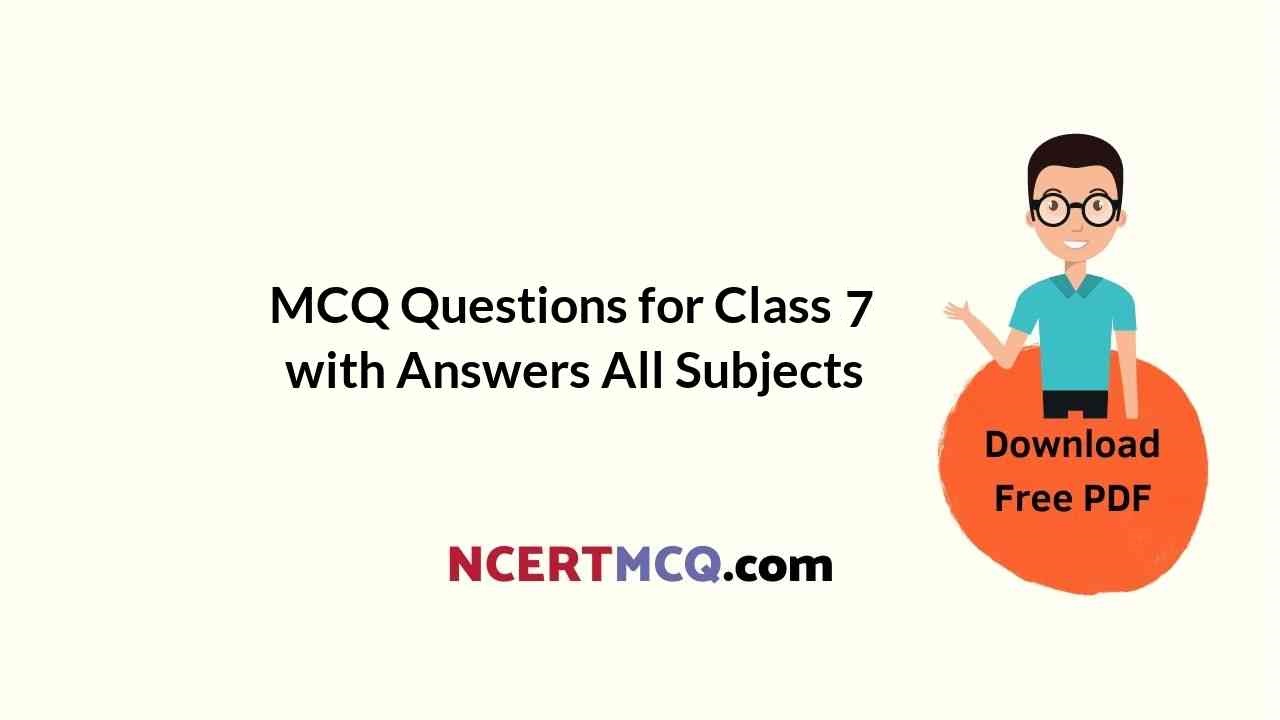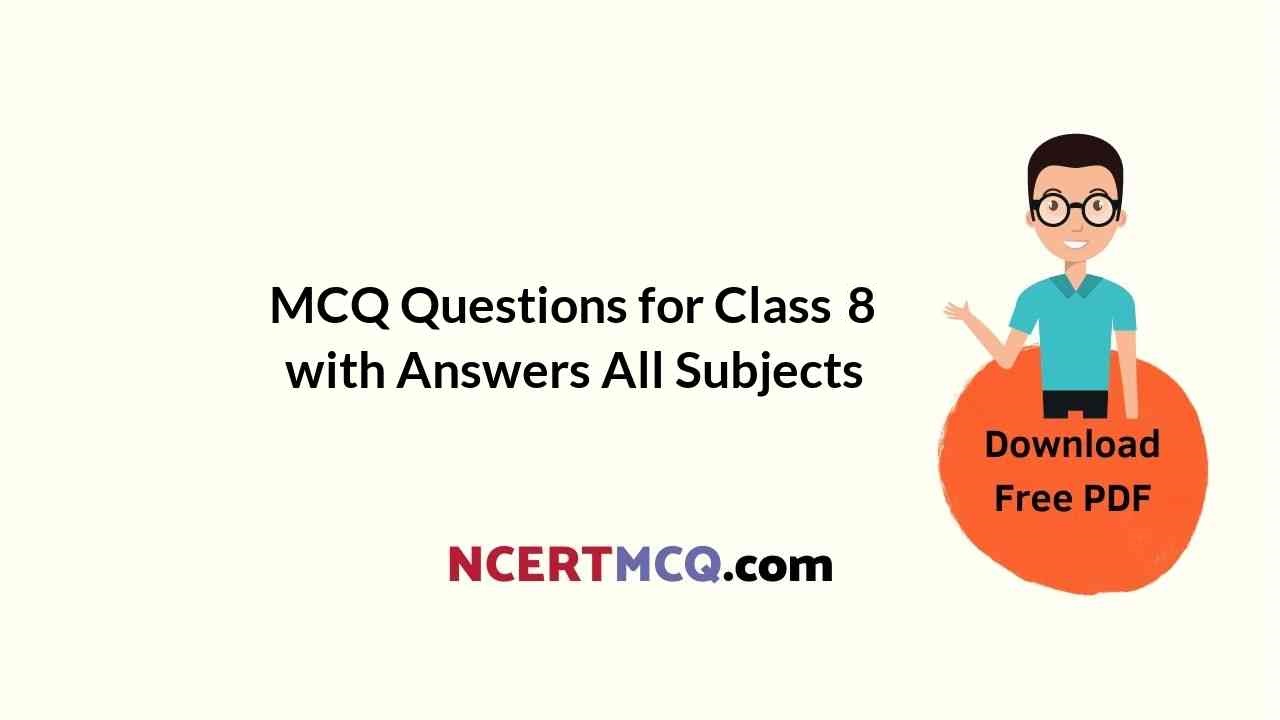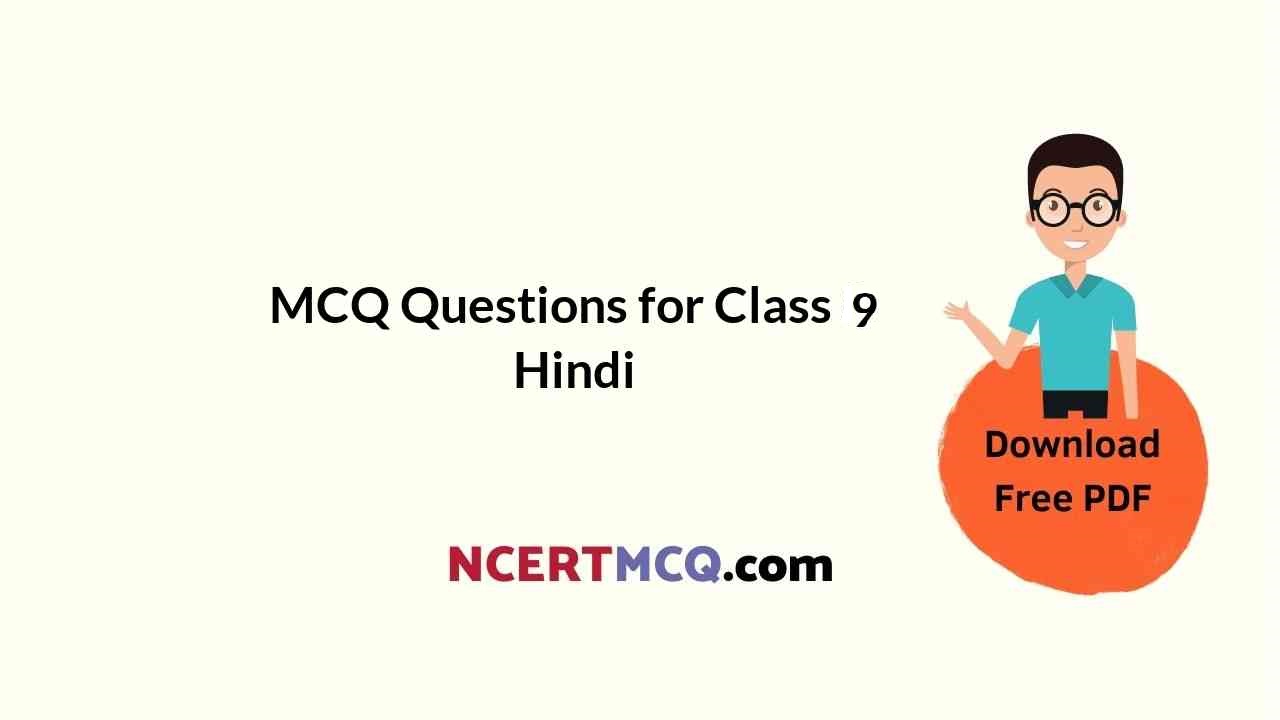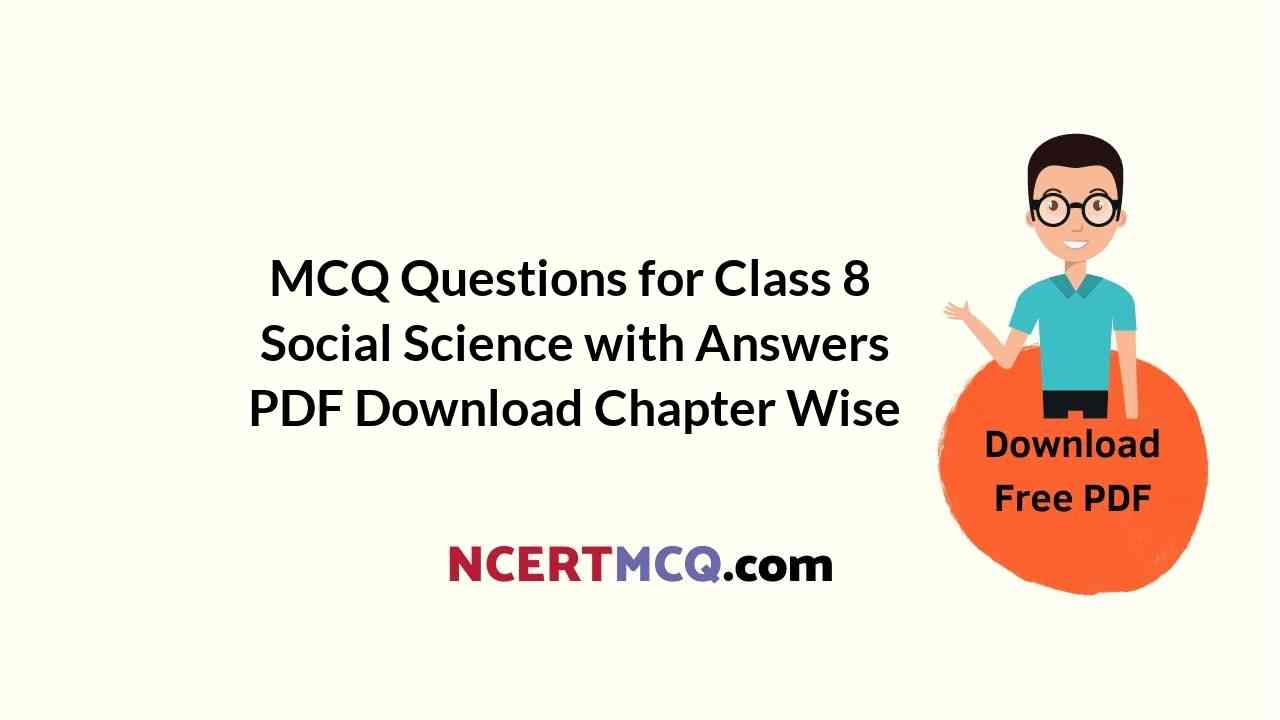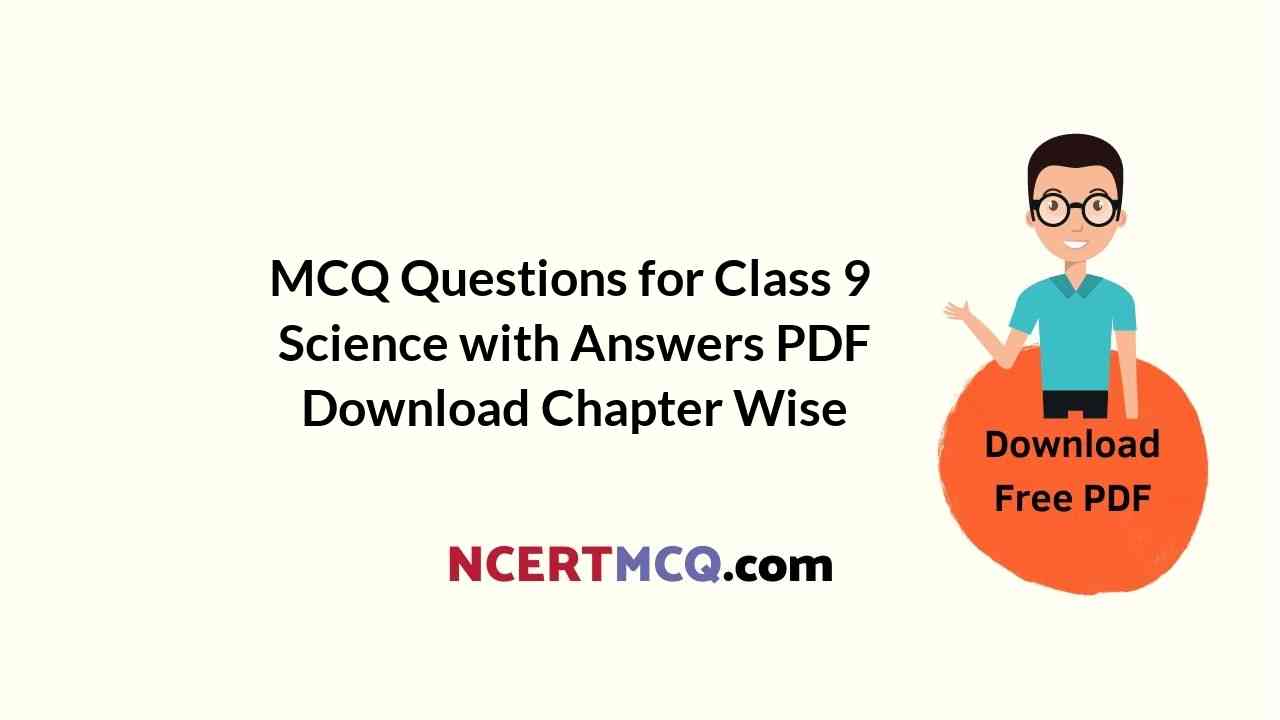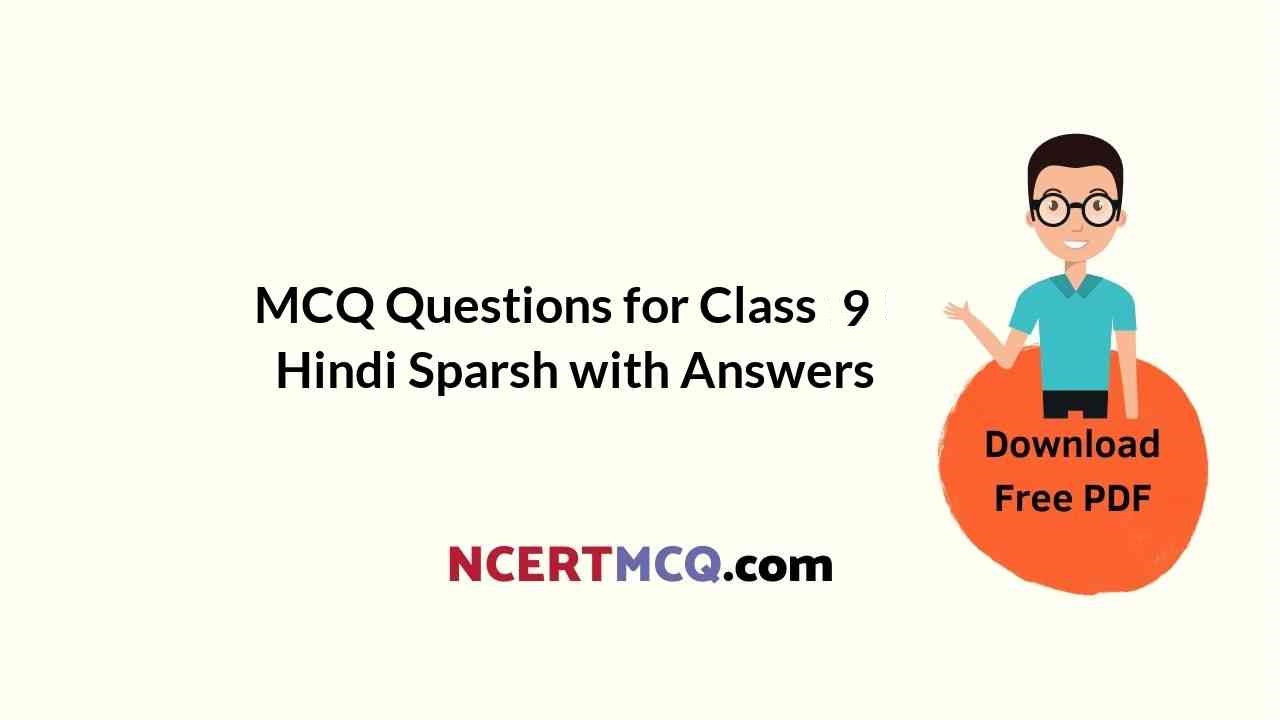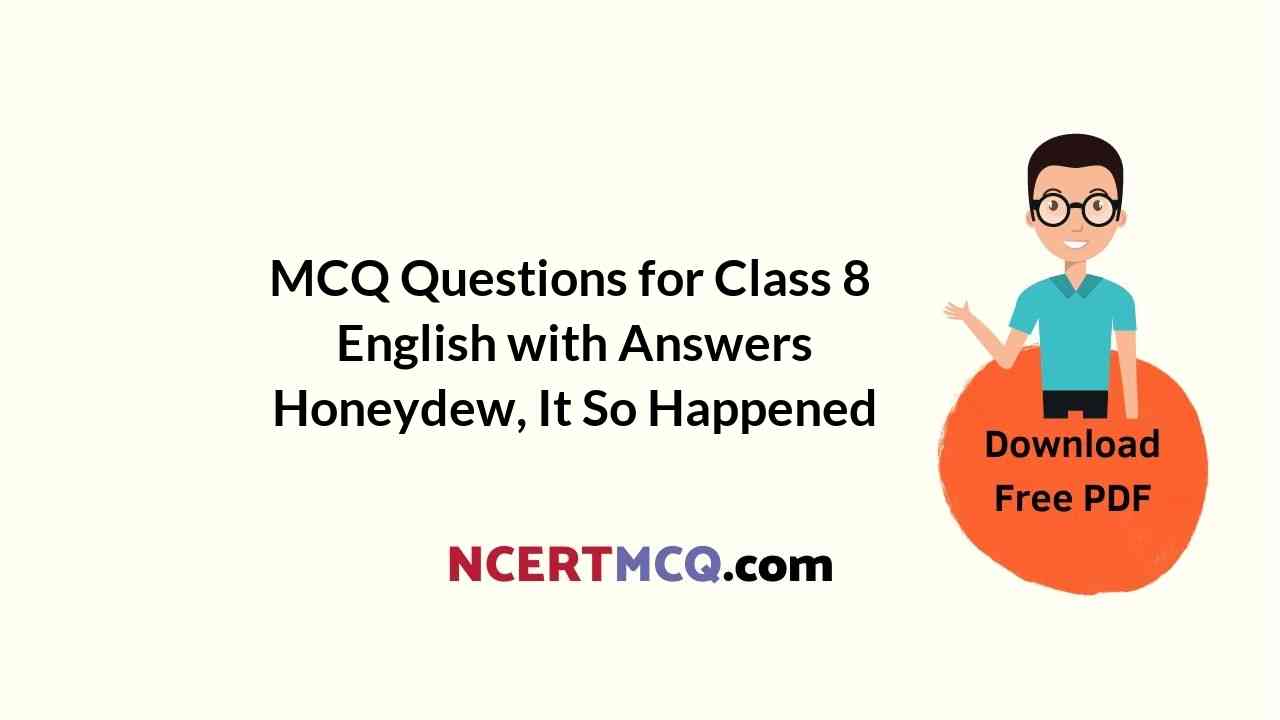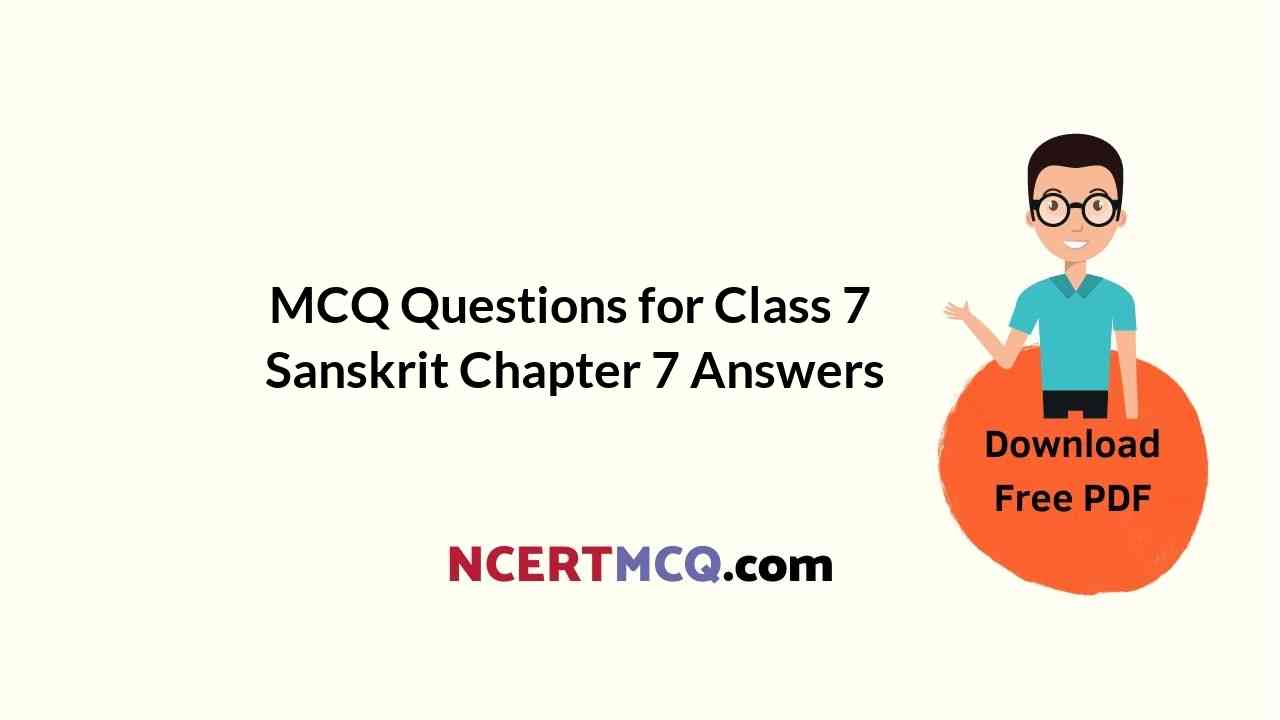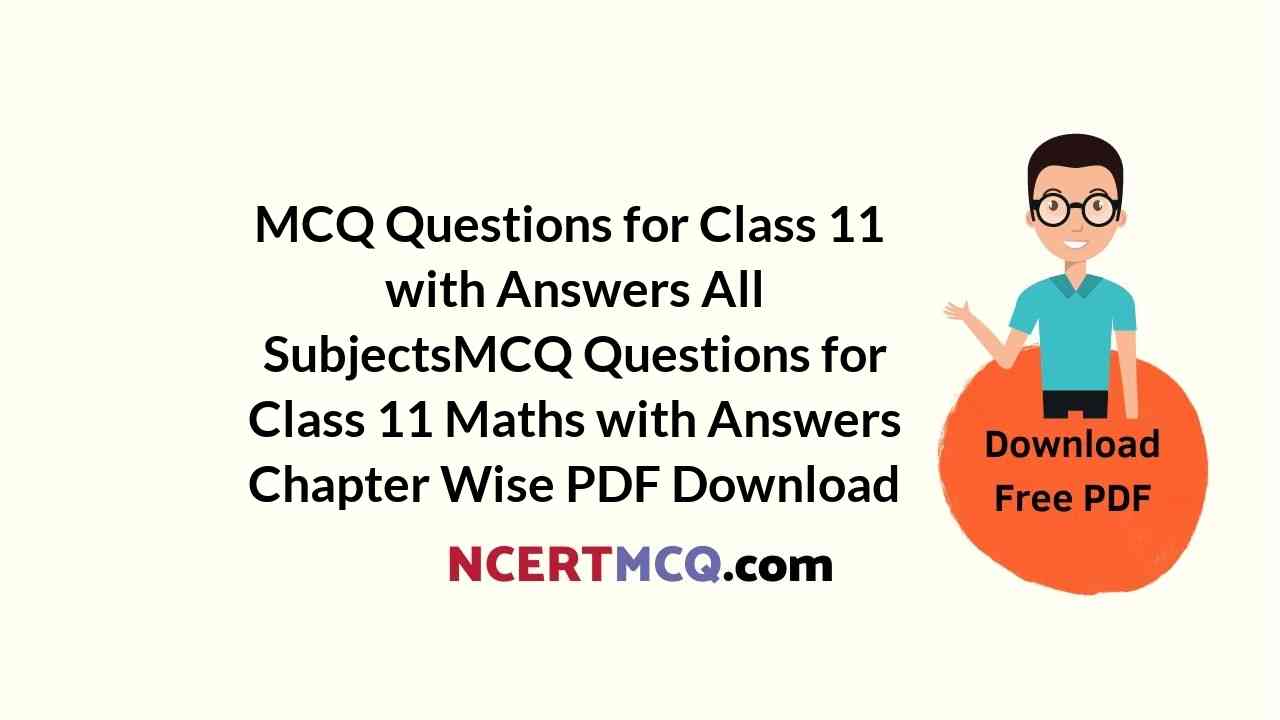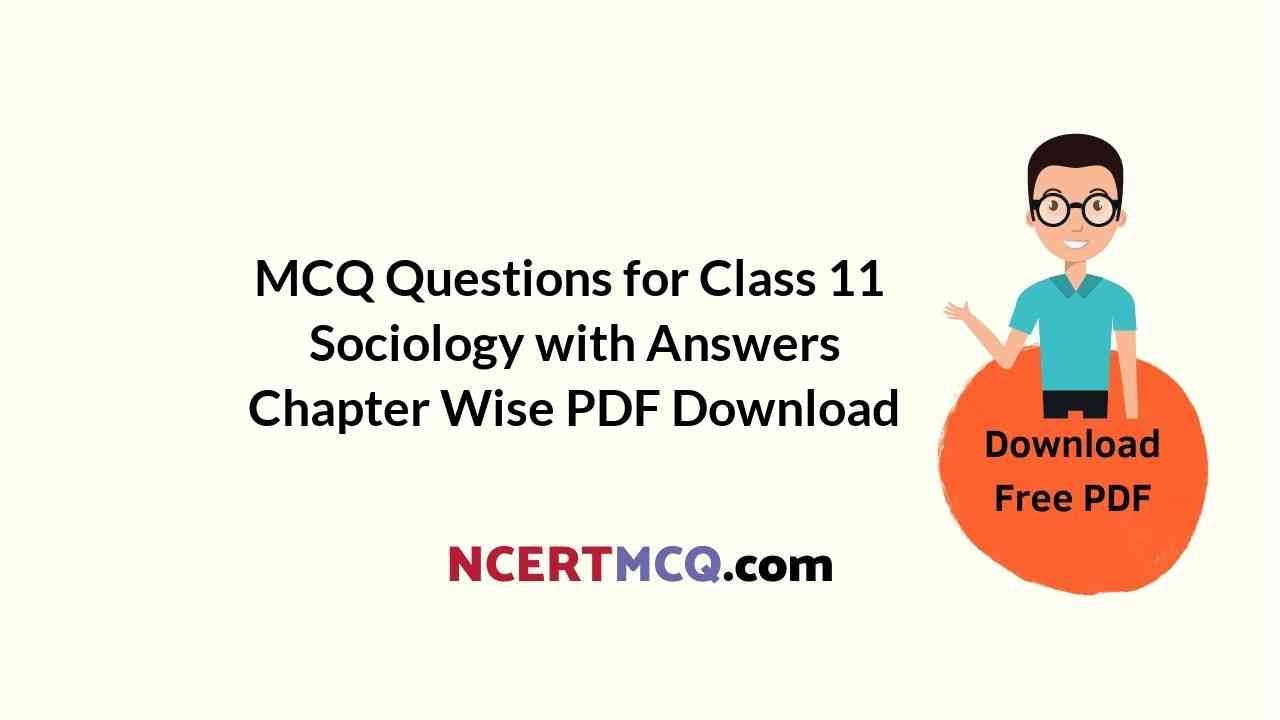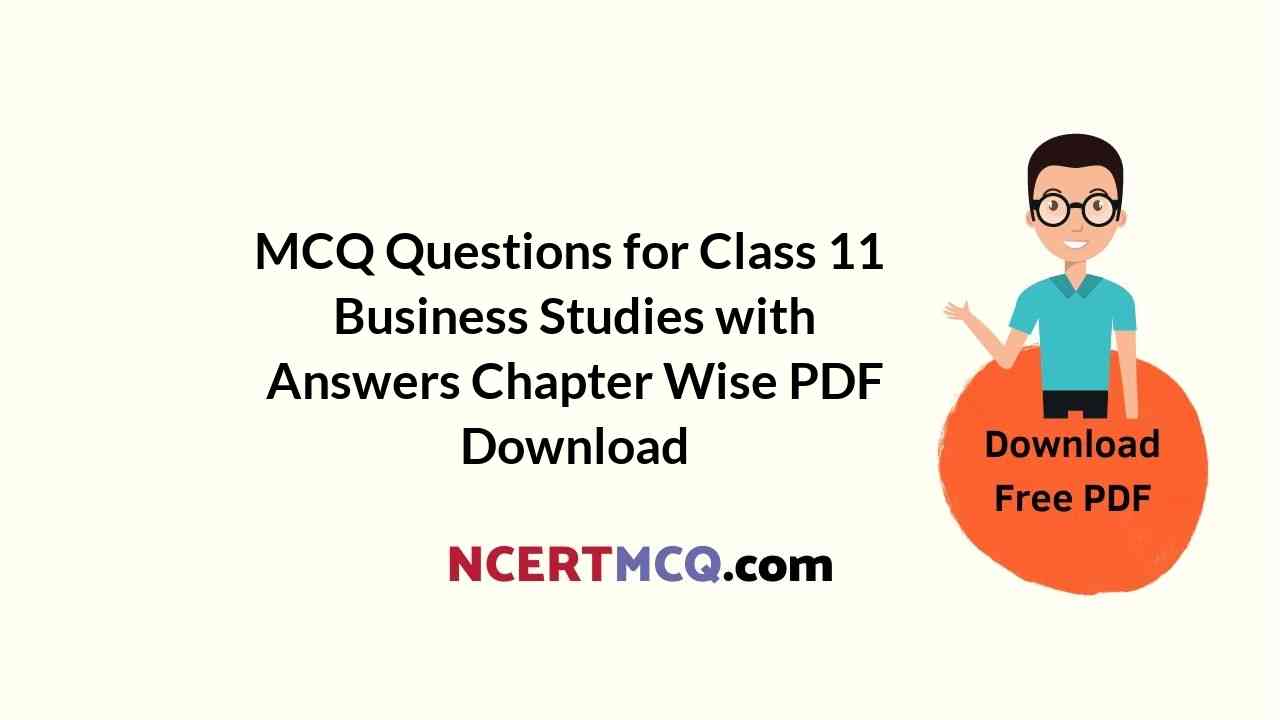Get Chapter Wise MCQ Questions for Class 7 with Answers PDF Free Download of all subjects are prepared here according to the latest CBSE syllabus and NCERT curriculum. Students can practice CBSE Class 7 MCQs Multiple Choice Questions with Answers to score good marks in the examination.
Class 7 MCQs Multiple Choice Questions with Answers
Practicing these CBSE NCERT Objective MCQ Questions of Class 7 with Answers Pdf will guide students to do a quick revision for all the concepts present in each chapter and prepare for final exams.
Class 7 MCQ Questions with Answers
- MCQ Questions for Class 7 Maths
- MCQ Questions for Class 7 Science
- MCQ Questions for Class 7 Social Science
- MCQ Questions for Class 7 English
- MCQ Questions for Class 7 Hindi
- MCQ Questions for Class 7 Sanskrit
We hope the given NCERT MCQ Questions for Class 7 with Answers PDF Free Download will help you. If you have any queries regarding CBSE Class 7 MCQs Multiple Choice Questions with Answers, drop a comment below and we will get back to you soon.
